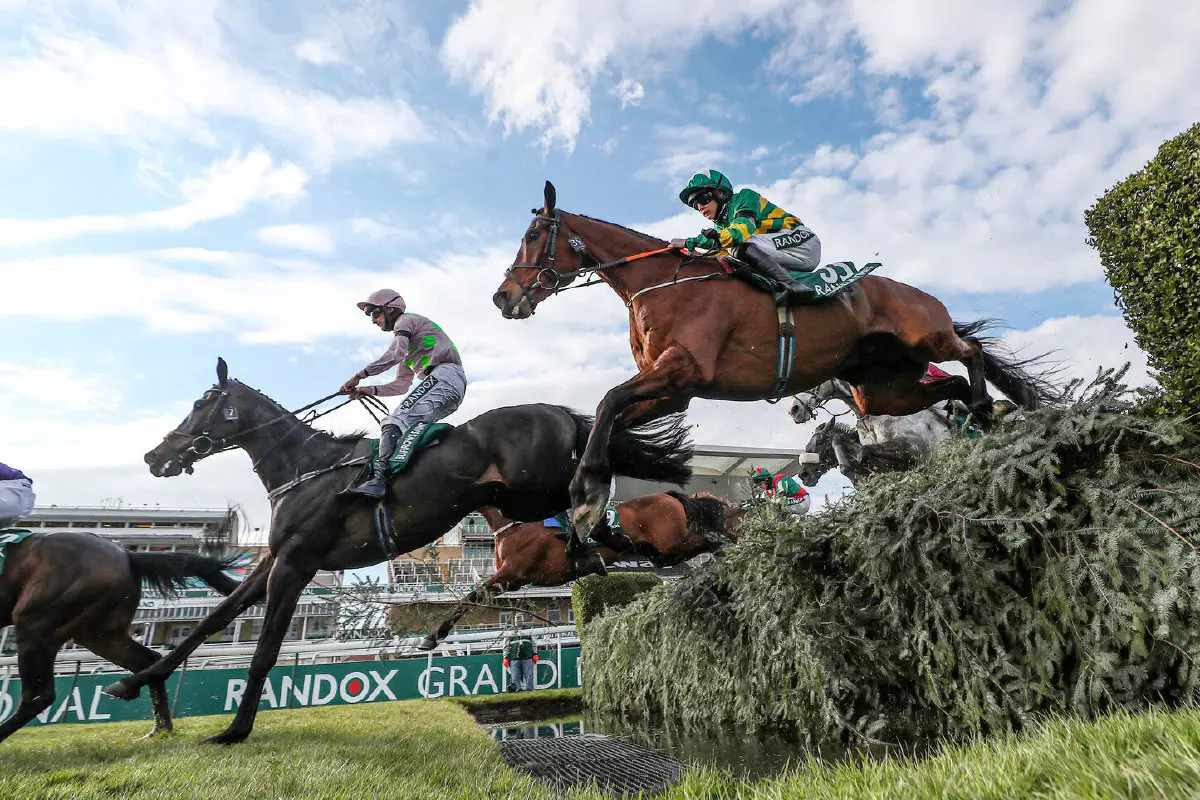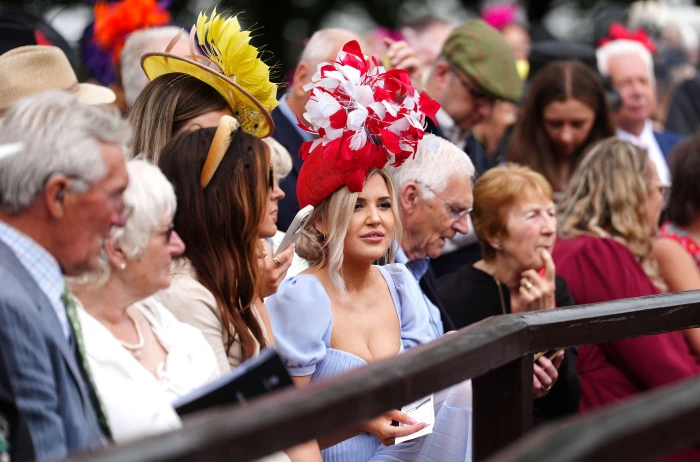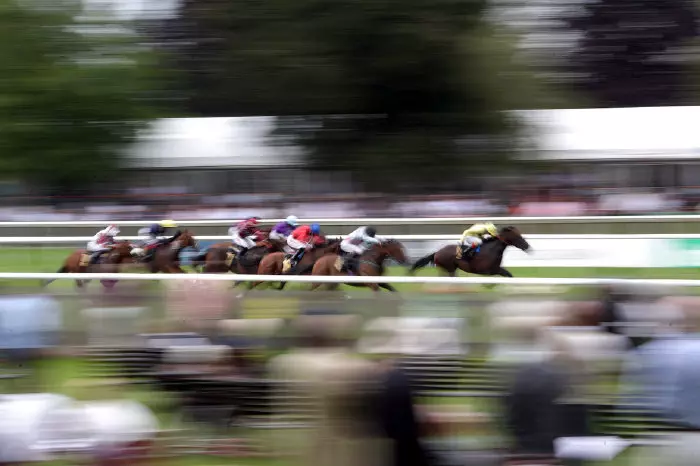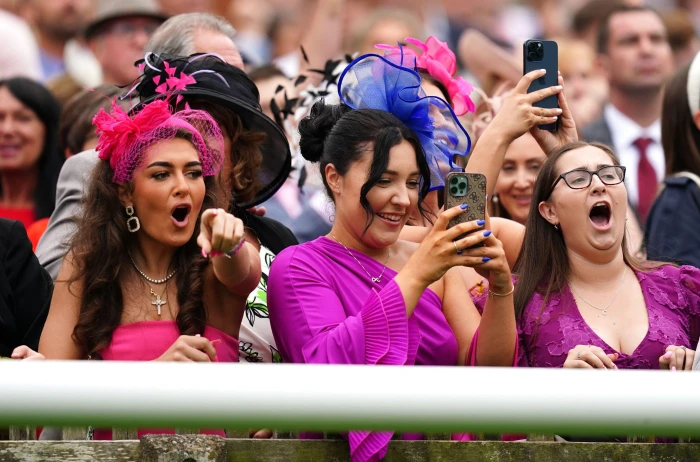Why is the Grand National the world's greatest steeplechase?

Grand National at Aintree
The countdown to the 2022 Grand National is on, so Planet Sport's Jonathan Doidge has a quick canter through the history of the world's greatest steeplechase to tell the story of why it's the best.
The Grand National has been Aintree's raison d'être since 1839, when a horse named Lottery won the great race's first running, with more than just a hint of foreshadowing.
Since then, the world's greatest steeplechase has survived wars, bomb scares, false starts, the banning of the BBC, a famous horse pile-up, the threat of extinction and protests. Despite all of that, it has been mimicked at any number of tracks in numerous countries. A 'National' has become a name given to a race over a longer distance than the norm.
The Grand National is the race that draws the nation together. Young and old, racing fan or not, everyone has a story to tell about the time they won, or nearly won betting on the world's greatest steeplechase.
Where is the Grand National held?
Grand National distance
The most famous Grand National fences
'Foinavon', the seventh fence (23rd on the second circuit) became so-named after a renowned incident in the 1967 race, where loose horses caused chaos at the 23rd fence. Straggler Foinavon was so far behind them that he managed to negotiate safe passage under jockey John Buckingham and went on the win the race at 100/1!
Originally, the fence was three feet lower on the landing side than on the take off side but after several equine deaths there over the years it was been significantly modified, including filling in much of the ground that sloped towards the brook on the landing side.
Loose horses are now also able to run around the fence, which has been done by widening the rails around the course.
Grand National during war interruptions
Void race in 1993
In 1993, the race was due to be run as normal but a false start resulted in it being deemed void.
There was a delayed start to the contest due to animal rights protesters getting onto the course near the fence. Once this disturbance had been cleared, there were two false starts, both times caused by the starting tape getting tangled around jockeys.
1993 Void Grand National Mr John White pic.twitter.com/nYemo5GN2S
— History of Horse Racing (@roar1968) May 22, 2021
Red Rum
However, Red Rum spoiled his party, creeping ever close in the last half mile and passing Crisp in the shadows of the post to win his first National in a record time.
Tiger Roll
That remained the case until 2019. Tiger Roll probably wouldn't have been dissimilar to Red Rum in stature. He was certainly not a big, imposing chaser but he too jumped economically around the track, if not quite as tidily as his famous forerunner.
Already a Grade 1 Cheltenham Festival winner, the Gordon Elliott-trained gelding was allotted 10st 13lb, carried number 13 on his saddle cloth and was a 10/1 chance when he first lined up for the Grand National, in April 12, 2018.
By now, the course had been modified and the race distance shortened by 300 yards or so. In a race that saw all the runners bypass Becher's Brook on the second circuit due to an incident first time around, Tiger Roll was hunted around by the race's oldest jockey, Davy Russell.
Content to let Pleasant Company lead him around home turn, he travelled well, jumped the last two neatly and looked as though he had quickly put the race to bed.
However, the Gigginstown House Stud-owned runner idled in front and just hung on to beat a resurgent Pleasant Company by a head.
Happy Birthday to @_Davy_Russel_ ?
— Great British Racing (@GBRacing) June 27, 2019
As a birthday celebration, here's Davy and Tiger Roll winning their second Grand National ??pic.twitter.com/nOUqJ6lkid
By 2021, his owners Michael and Eddie O'Leary of Gigginstown House Stud, refused to let him attempt to win a third Grand National, as they believed that the handicapper had asked him to carry too much weight.
It was the same a year later. Tiger Roll was officially retired at the Cheltenham Festival in 2022 and did so unbeaten over the National fences.
Aintree's first ladies
Women did not ride in the Grand National until Charlotte Brew got the mount on Barony Fort in 1977, though the partnership failed to complete the course.
The first women to achieve that distinction was Geraldine Rees on Cheers in 1982.
Despite that, chances for female riders in the race were limited, especially on better-fancied horses.
Katie Walsh began to change that and became the first woman to be placed, when she partnered Seabass to be third behind Neptune Collonges, in 2012.
By 2018 Walsh, who now had a ride every year in the great race, was joined by an improving young fellow-Irishwoman by the name of Rachael Blackmore.
Rachael Blackmore, on Minella Times, wins the #GrandNational
— Dan Walker (@mrdanwalker) April 10, 2021
????????pic.twitter.com/ezOa29uyh6







